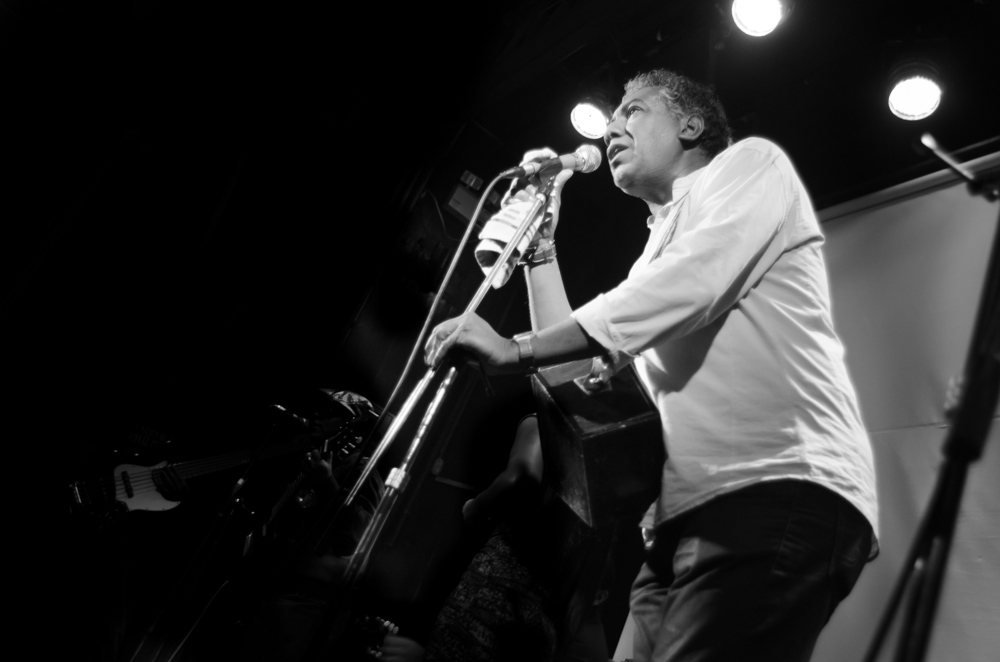
His presence is reassuring, impressive, fascinating. One can feel his warmth from the first handshake and his friendliness from the first embrace. His line of thought follows the flow of an oft-repeated lecture, dimples appearing and arms swinging at the pace of his words, for hours and hours.
Our first encounter with Rafael Santa Cruz in July 2013, in this café in the neighborhood of Barranco in Lima, was an enlightening class. Seldom had we come out so astonished from an interview. Rafael knows his subject – he wrote a book on it – and can sidetrack for hours without ever losing the attention of his audience and always with sheer generosity. Of the Peruvian cajón, he became an international ambassador. “No te olvides que es afroperuano!” (“Never forget that it’s Afro-Peruvian!”), he’d tell us, and this sentence could sum up his commitment. Whereas his uncle (Nicomedes Santa Cruz) and his aunt (Victoria Santa Cruz) had collected and studied Afro-Peruvian culture, through poetry and dance respectively, in an approach similar to the negritude movement, he became a cajonero musician, a researcher on the subject, and the producer of various projects (he was also an actor, but that’s a different story).
His book El cajón Afro-Peruano gives substance to this national symbol and places it in a historical perspective. When he intends to correct history, he does so with the modesty of a researcher whose writings are mainly based on the few historical records kept of a marginalized community. He had a knack for gathering local talents but was also intent on creating bridges with other countries. The cajón was once again at the center of his activities when he created the first International Festival of Peruvian Cajón. There, he will set the first and current record of the largest number of cajones played simultaneously on Lima’s Plaza de Armas. His stage appearances in the documentary represent the official debut of his Afro-Peruvian band AfroPerú.
We spent hours with two cameras and six ears, listening and interrogating this storyteller, generously welcomed in his elegant Republican house in the Chorillos neighborhood that lies in the South of Lima. In April 2014, Ritmos Negros del Peru had the great honor of being premiered at the Cajón Festival.
Rafael left us on April 4th, 2014, a little over a year since our first meeting. In Ritmos Negros del Peru, he is the wise voice of the researcher, the authority of history, and the militant-musician. He was, above all, our friend. We’ve dedicated Ritmos Negros del Peru to the memory of this passionate man. Our thoughts and friendship go to his family and his friends.
Gracias maestro!
A demonstration of cajón and cajita by Rafael and his son Jair Santa Cruz.